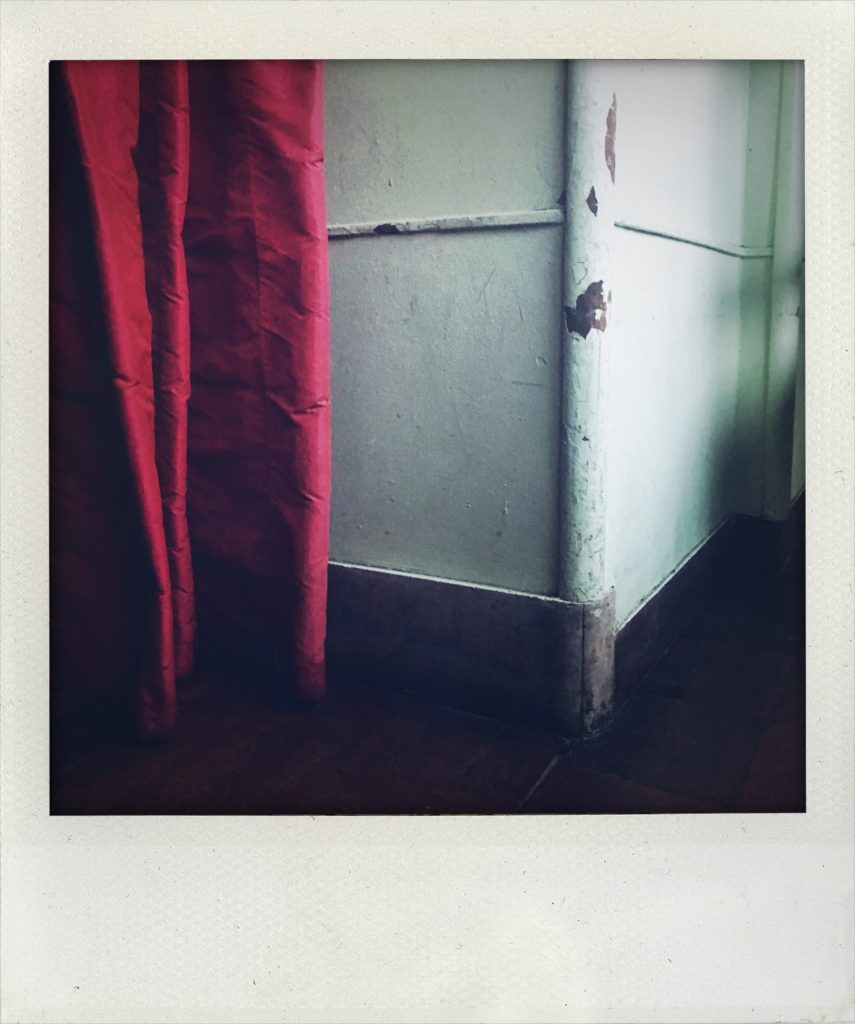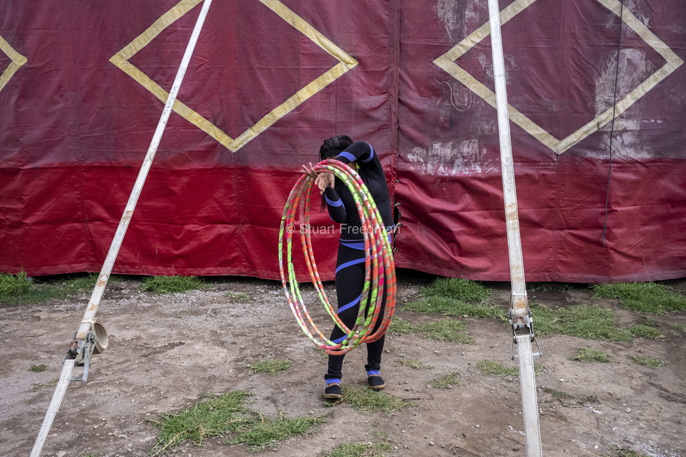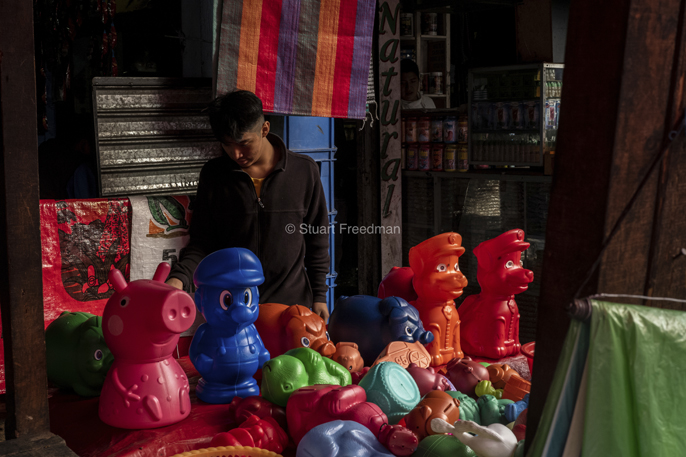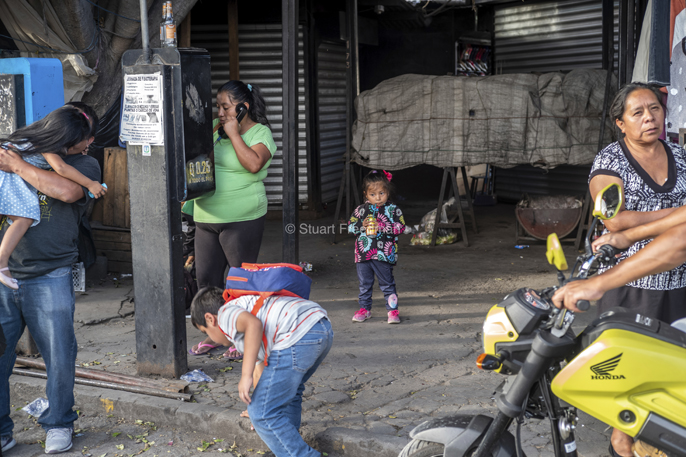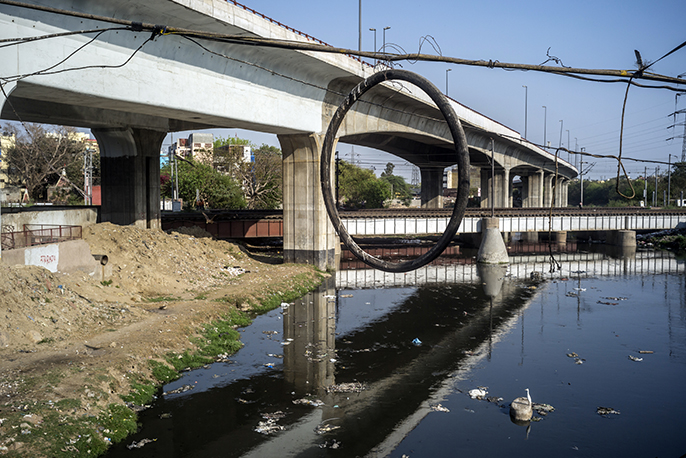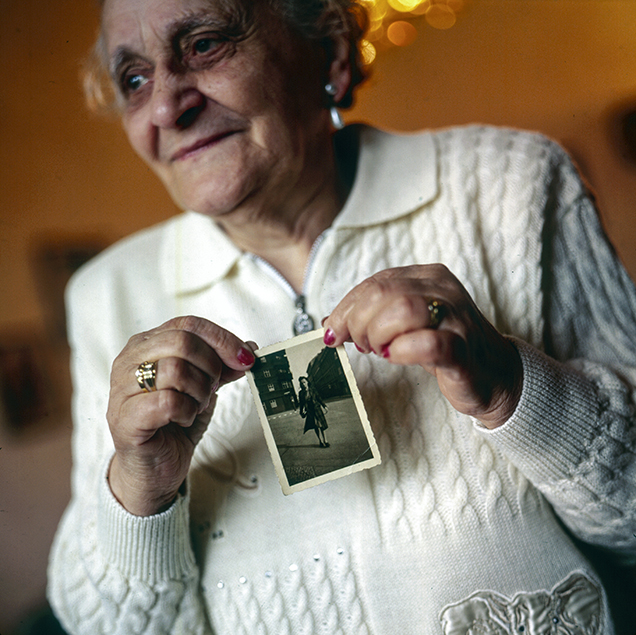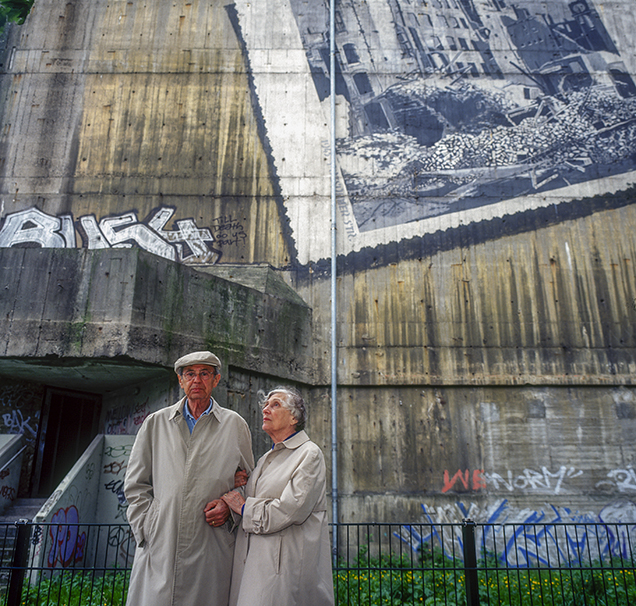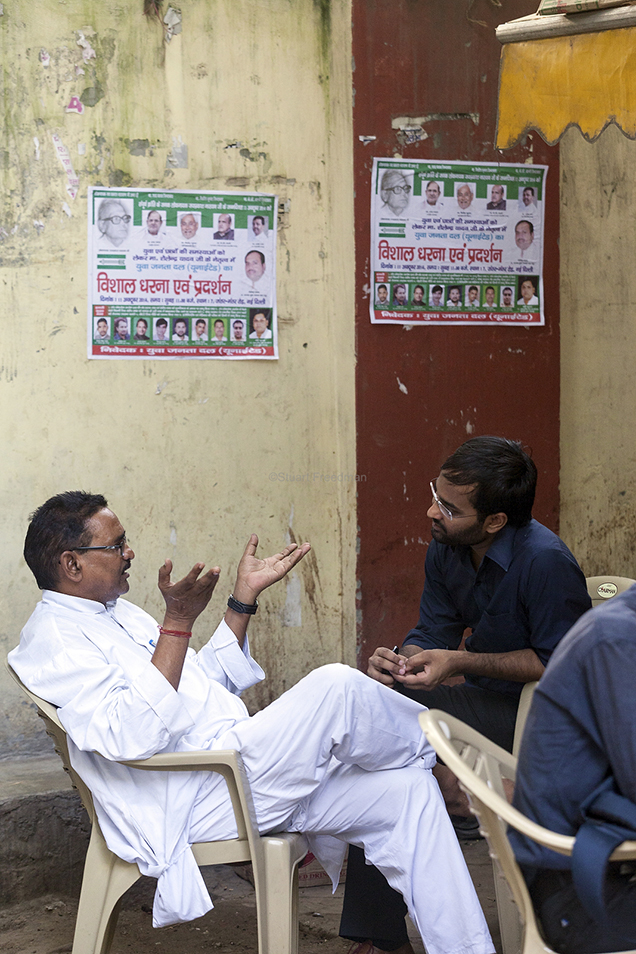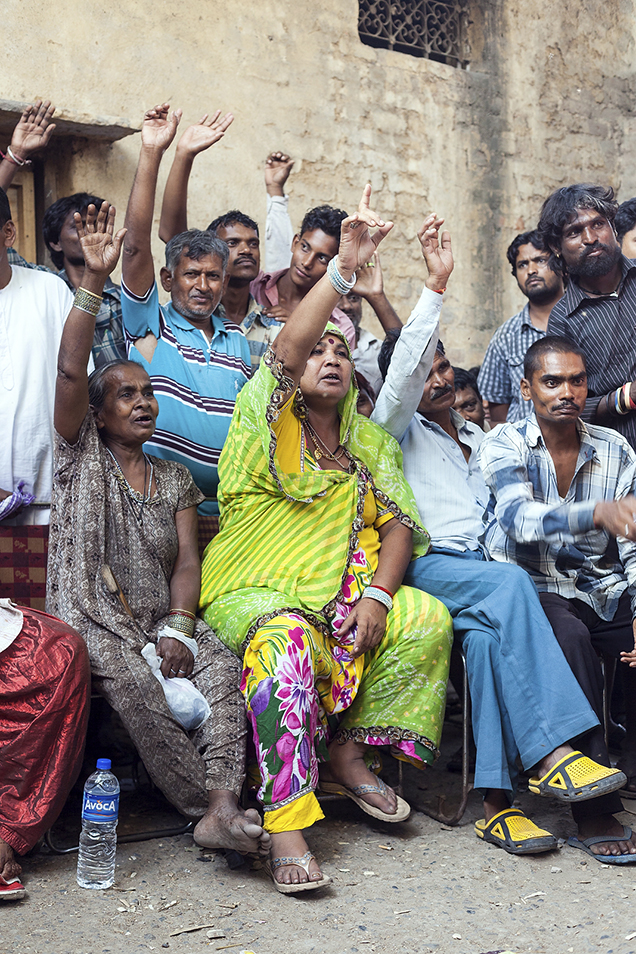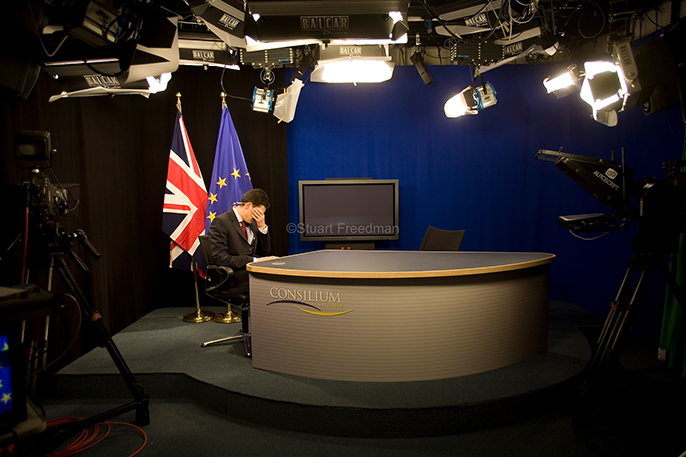Recently, for various reasons, I’ve been thinking a great deal about the debates around heritage in England in the 1980s (and 1990s) between Patrick Wright and Raphael Samuel. I suppose thoughts about who controls the narratives of the past (and why…) are on my mind. With the long march of the austerity project – a class war by any other name – and the framing of the Brexit debates around ‘our’ glorious past… I found myself walking, on an unusually chilly night in Lisbon recently, past a particularly fine example of an Art Deco cinema. Drawn by the unmistakable beat of a Tango Milonga, and a terrible sense of journalistic entitlement, I did what any nosey person would do and walked in.
Lisboans seem particularly adept at taking pity on lost, (purposely) niave journalists, especially those who have a very limited repertoire of Portuguese words peppered with poor French and Spanish. Especially those that walk into dance classes uninvited and want nothing more than to drink a small beer looking out to the river through the original Portuguese versions of dirty Crittall windows. When the bar isn’t actually open.
The same Lisboans, happily practising their Ochos that have seen their city invaded, like much of Southern Europe by the ravages of post-industrial-decline-tourism. People like me that come to stare at memory traces for their own reasons.
This is no longer a cinema but the home of a theatre company re-purposing the architecture. Like much of central Lisbon, actual sites of memory seem to have been transformed into what Pierre Nora called lieux de memoire where memory crystallizes and secretes itself. Hordes of millennials prowl the city looking for exactly the same Hoxton-ised smashed advocado-on-toast joints that they could find in any Globalised metropolis. And then Instagram themselves outside to prove they’ve been there. Perhaps I just hadn’t noticed before. It’s not that I crave authenticity and worthy-ness from places I visit – I just like difference. Things that are discernibly of-that-place. Certain parts of Lisbon remind me of the re-created East End – a sanitised simulacra of now hollowed-out working class communities represented by authentic and artisanal. Jane Jacobs must be absolutely spinning in her grave…
The scuffs however; the small patches of delightful shabbiness in the city and the politeness and patience of the Lisboans in the face of the hordes-in-shorts – as well as the small beer – is wonderful.
The irony of this image, taken on an iPhone with a Polaroid filter is of course not lost on me…
